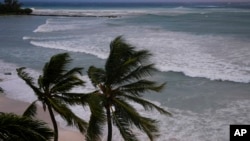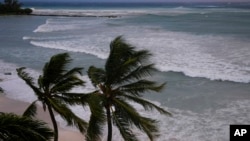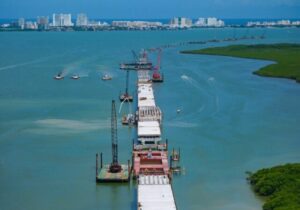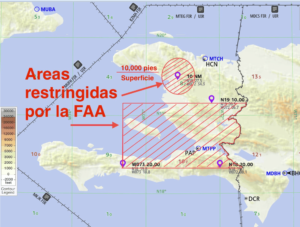
Beryl made landfall on Carriacou Islandin Grenada, as the earliest Category 4 storm in the history of the Atlantic hurricane season. Hours later on Monday, the U.S. National Hurricane Center (NHC) reported that the storm had reached Category 5 strength. Fluctuations in its winds are possible in the coming days as it moves through the Caribbean.
Grenada’s Prime Minister Dickon Mitchell reported one death and said he could not say whether there were more casualties because authorities had not been able to assess the situation on the islands of Carriacou and Petite Martinique, where there were initial reports of significant damage but communications were largely cut off.
“We are hopeful that there will be no more deaths or injuries,” he said. “But keep in mind the challenges we face in Carriacou and Petite Martinique.” He added that the government will send personnel early Tuesday to assess the situation on the islands.
Streets on the island of St Lucia, south of Grenada, were littered with shoes, trees, downed wires and other debris. The storm snapped banana trees in half and killed cows, which lay sleeping in the grass near where fragile tin houses were tottering.
“I’m just heartbroken right now,” said Vichelle Clark King as she surveyed the damage to her store in Bridgetown, the capital of Barbados, which was filled with water and sand.
The hurricane continued to move through the southeastern Caribbean early Tuesday, on a path that would take it close to southern Jamaica and then head toward Mexico’s Yucatan Peninsula, possibly as a Category 1 storm by Thursday afternoon.
Beryl was located about 445 miles (715 kilometers) east-southeast of Isla Beata in the Dominican Republic and was moving west-northwest at 22 mph (35 kph). A hurricane watch was issued for Jamaica, and a tropical storm watch was issued for the entire southern coast of Hispaniola, the island shared by Haiti and the Dominican Republic.
Fluctuations are likely, but Beryl is expected to reach near-major hurricane intensity as it moves through the central Caribbean and passes near Jamaica on Wednesday, the NHC said. Noticeable weakening is expected afterward.
The last powerful hurricane to hit the southeastern Caribbean was Ivan, 20 years ago, which caused dozens of deaths in Grenada.

US meteorologists predict a large number of major hurricanes in 2024
On Monday afternoon, Grenadian authorities received “reports of devastation” from Carriacou and nearby islands, according to Terence Walters, the national disaster coordinator. Mitchell said he would travel to Carriacou as soon as it was safe and noted there was “extensive” storm surge.
In Barbados, Home Affairs and Information Minister Wilfred Abrahams said that once the hurricane passes, drones — which are faster than the crews that scour the island — will be used to assess the damage.
Source: Agencies






